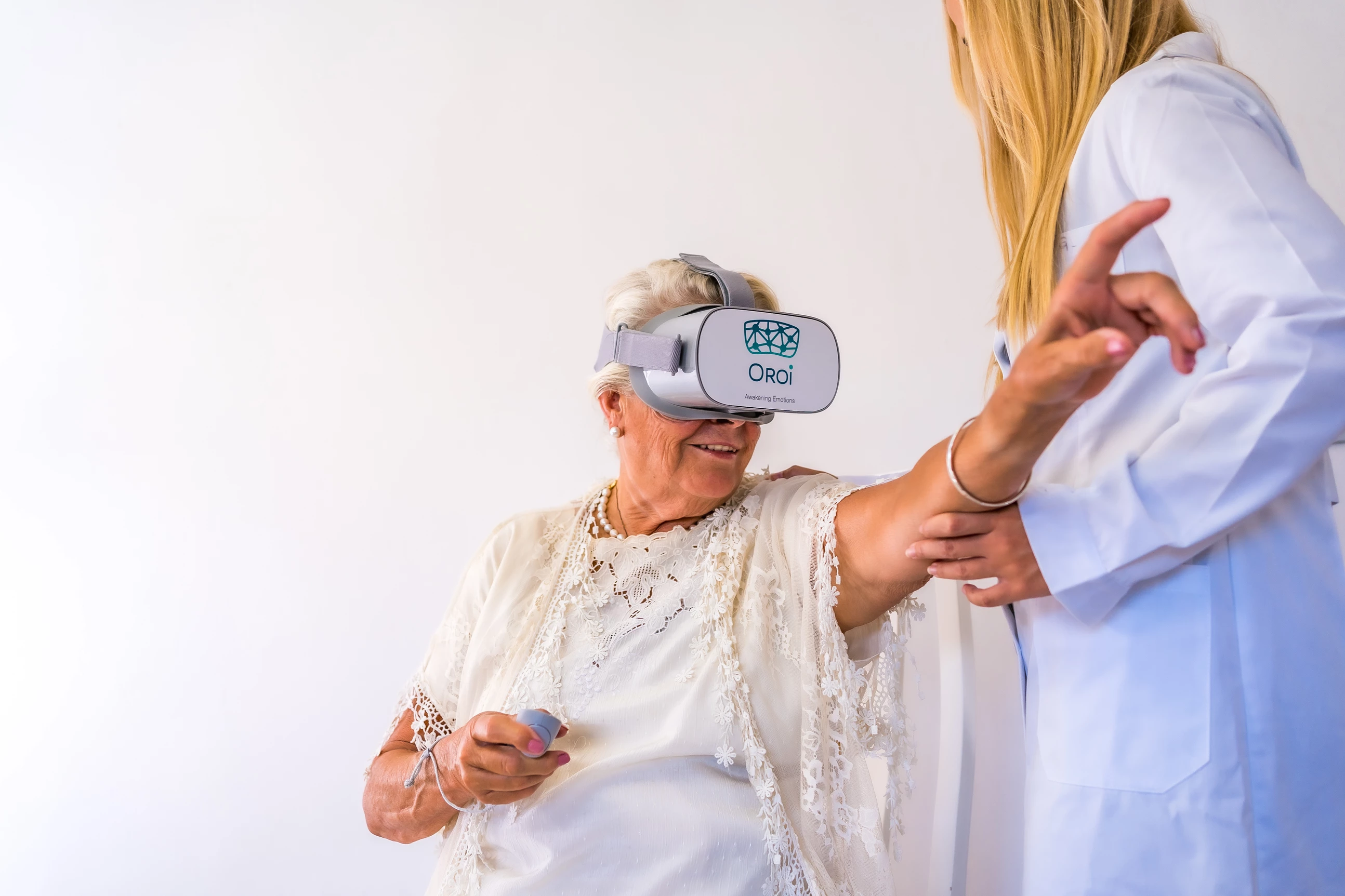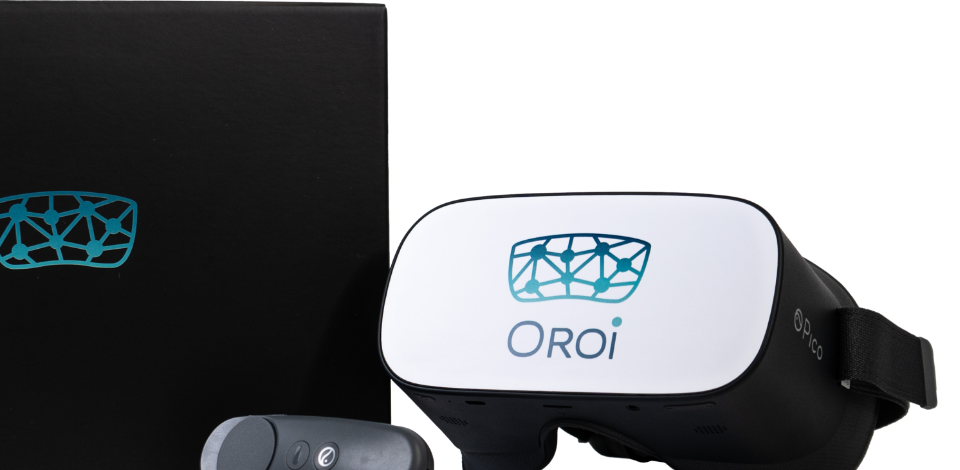News
Tips to get the most out of Virtual Reality
Adriana Gómez - - 3 Min.
Virtual reality glasses are a very new technological tool with great potential. However, there are times when it is difficult to include this type of tool in our sessions because we do not know very well how to approach these very different sessions.

Tips to get the most out of Virtual Reality
This is why we give you some tips on how to get the most out of this tool:
1. Know the technology well
Before using technology with users, it is very important to know it well and not to have doubts about how to do one thing or another when we are in session. For many people, the fact of trying new technologies that the therapist does not know how to handle well generates mistrust and makes the experience less enjoyable.
2. Know the person's tastes/interests.
We do not react in the same way to content that is meaningful to us, be it tastes, former hobbies or environments that may be familiar to us, as we do to content that is indifferent to us, so it is important to know the person's background when selecting the content to be played.
3. Explain what the tool consists of, what sensations it produces, etc.
To avoid users becoming disoriented or confused, it is advisable to explain what the tool is: "they are glasses through which you are going to see a video, but it will have something different to the videos you see on television or on the computer, in this one it will be as if you were inside, you will be able to turn around, look up or down".
4. If possible, show them how someone else uses it.
Many users are reluctant to use the tool if they think they are the first to do so. Most of them, when they see the reactions of a colleague, become curious and are encouraged to try it out. This is why it is interesting to test the tool in a group the first few times, giving it first to those people we know tend to have an easier acceptance of novel stimuli.
5. Explain what you are going to see
It is always a good idea to give them a short introduction to what they are going to see, so that when the video starts they understand better what scenario they are in and what they might be more interested in paying attention to.
6. Be with him/her at all times
As a technology that offers complete immersion in the experience, users cannot see if the therapist is still with them, and this can often create a certain distrust. Asking questions throughout the experience (what are you seeing, have you ever been anywhere like this before, etc.) and maintaining physical contact (hand on shoulder, etc.) is often positive to avoid this distrust.
7. Warn them when you are going to take off their glasses.
In the same way that it is convenient to explain what the virtual reality glasses are and what they are going to see in them before starting the experience, when the experience ends, it is convenient to warn them that we are going to take the glasses off.
This way we avoid ending the experience in an aggressive manner and possible confusion.
8. Ask about the experience: things they liked or disliked to keep in mind for the next session.
As with any new therapy, feedback from the users is very important, we need to know what aspects they have considered positive and possible areas for improvement. Often they themselves start to indicate what content they might find more interesting, but if they do not do it spontaneously, this is one of the most important tips to get the most out of the tool, so you should never stop asking what experiences they might like the most.


Neuigkeiten
Das Virtual Reality Unternehmen OROI ernennt Linda Hypki zur Direktorin für Marketing und Vertrieb

Neuigkeiten
Der Einsatz fing bei Computerspielen und Co. an und ist nun fester Bestandteil in der Pflege - VR

